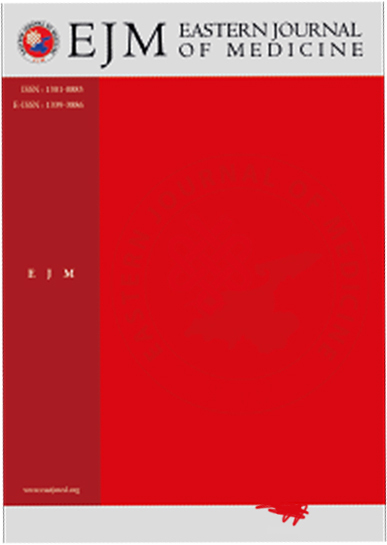A two-step protocol for the identification of the etiology of bacterial meningitis in cerebrospinal fluid by PCR-amplification of the 16s ribosomal RNA gene
Matar G.M.1, V. A. Khoudoud2, Fayad M.2, M. Mikati2, Abdelnoor A.M.312
3
Objective We assessed the utility of a two-step PCR-based assay for the detection and identification of the etiology of bacterial meningitis directly in 46 CSF specimens. Method Bacterial DNA was extracted and detected using a set of universal primers that flank a 370-bp sequence on the 16S rRNA gene which was conserved among all bacteria. Identification of bacteria was done using genus/species-specific primers for Haemophilus spp., Streptococcus pneumoniae, and Staphylococcus aureus, previously used as probes. These primers are complementary to a variable region within the 370-bp conserved sequence. Primers that amplify the Insertion Sequence IS6110 were used for the identification of Mycobacterium tuberculosis. DNA extracted from ATCC strains were used as positive controls. Results Our data have shown that of the 46 CSF specimens collected from patients on admission, initially suspected to have bacterial meningitis. Ten specimens were positive by PCR and these were from patients shown to have bacterial meningitis as determined by the clinical picture (fever, headache, vomiting, neck stiffness and others), laboratory testing (CSF culture and cytochemical analysis) and neurodiagnostic testing. The remaining 36 PCR negative samples were shown later to have other diseases, such as febrile seizure, sepsis, fungal or viral meningitis or encephalitis. Accordingly, there was a correlation between PCR results for the presence of bacteria in CSF specimens and the final clinical and laboratory diagnosis. When these cases were identified using specific primers, 7 were found to be Haemophilus spp., 1 S. pneumoniae, 1 S. aureus, and 1 M. tuberculosis. Conclusion The test proved to be sensitive detecting bacteria down to 5 CFU/ml, specific since primers amplified exclusively specific target sequences and rapid since it was achievable in 9 to 10 hours.
Keywords: PCR, bacteria and meningitisManuscript Language: English














